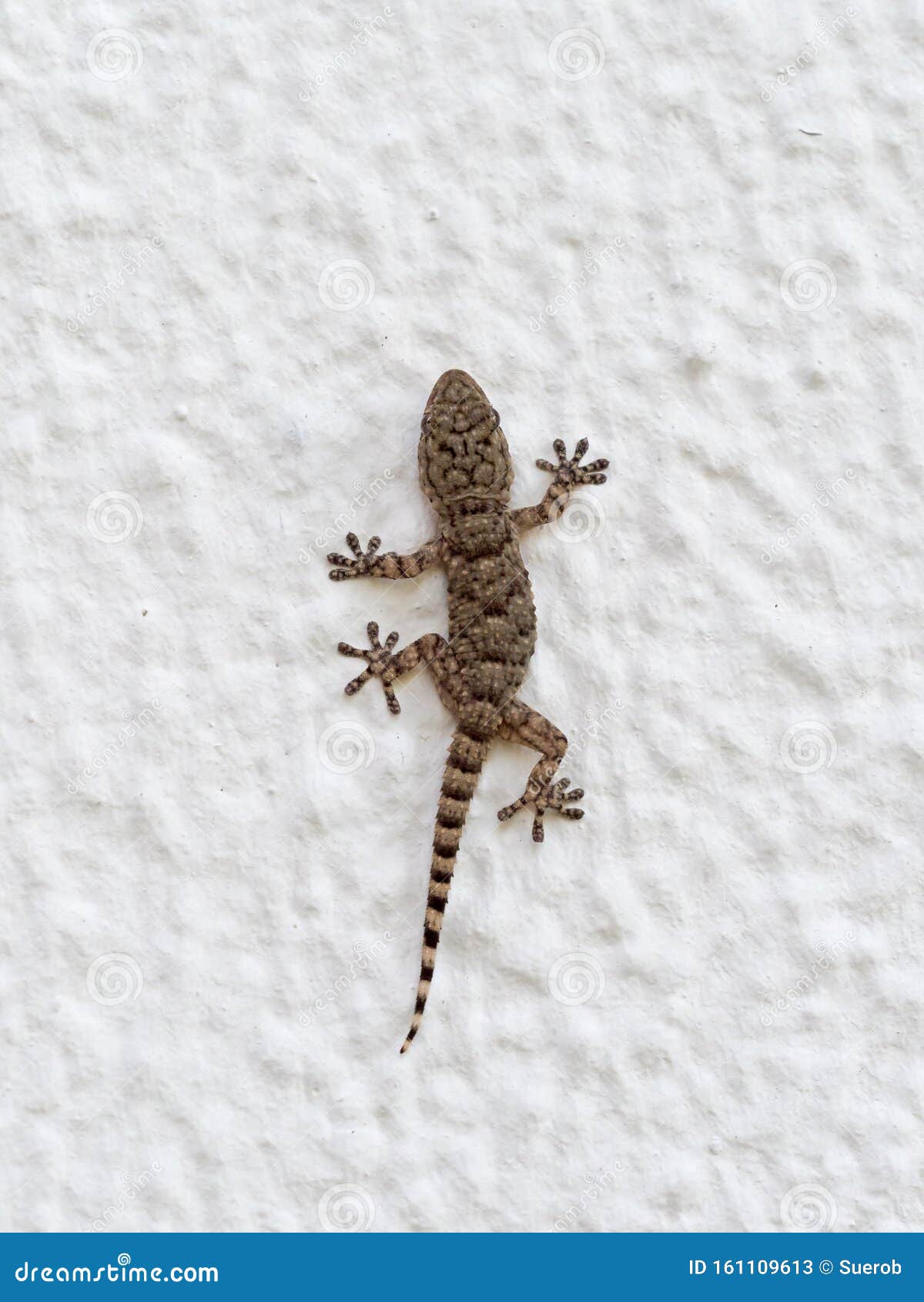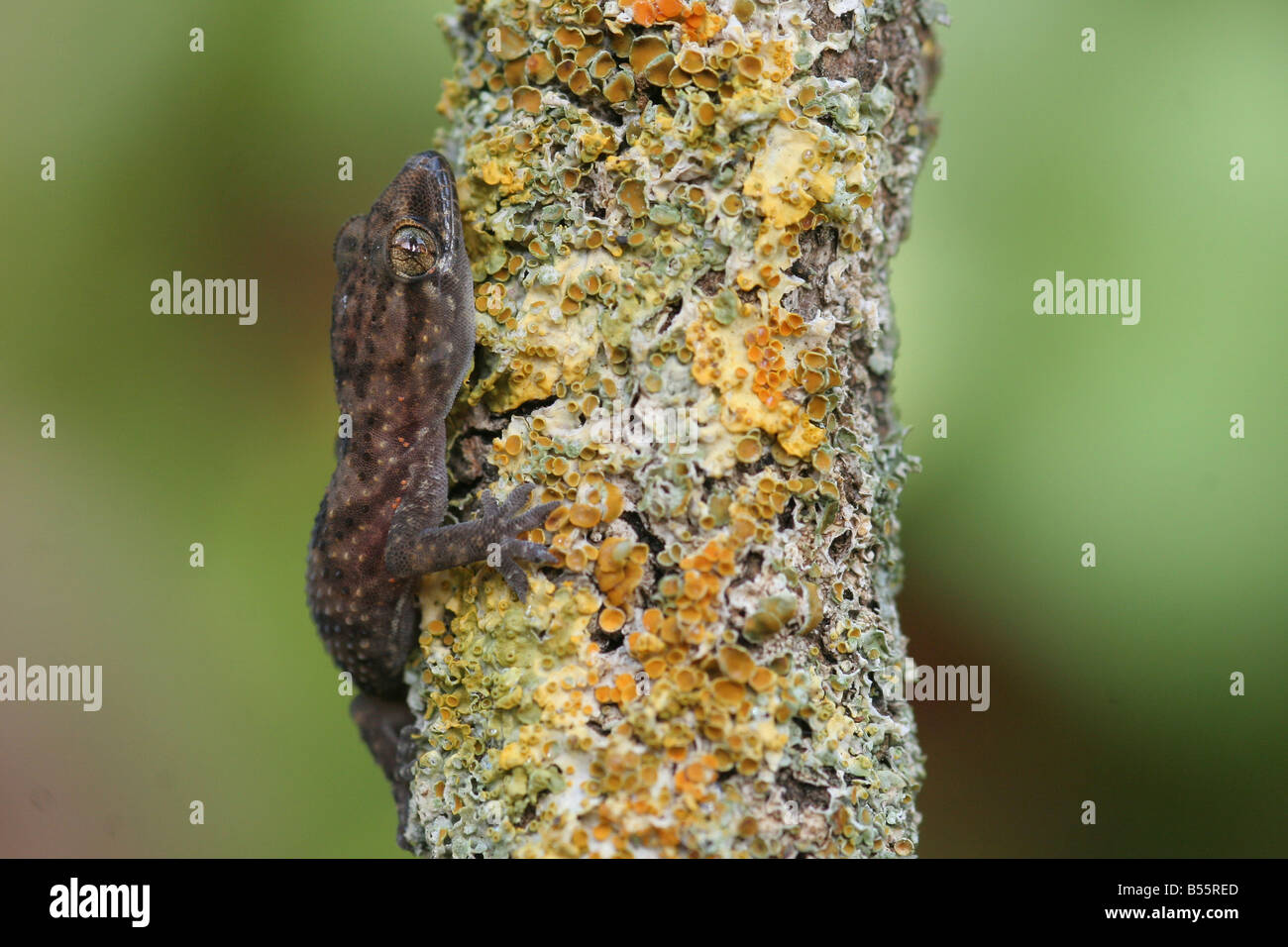Table Of Content

These threats can impact their long-term survival and should be addressed to ensure the preservation of this species. This incredible adaptation showcases the gecko’s ability to sacrifice a part of itself for survival. It’s a remarkable example of nature’s ingenuity in providing defense mechanisms to even the smallest of creatures.
Seen Geckos Around? Please Report Them - Bernews
Seen Geckos Around? Please Report Them.
Posted: Thu, 09 Jun 2011 07:00:00 GMT [source]
Health Concerns
The Mediterranean House Gecko has managed to expand its geographic distribution beyond its native range through human-mediated introductions. It has successfully colonized various parts of the world, including southern and southeastern parts of the United States, the Caribbean islands, and even parts of Asia. In this section, we will explore the natural habitat of the Mediterranean House Gecko as well as its geographic distribution. Understanding the habitat and distribution of the Mediterranean House Gecko is crucial to gaining insight into its adaptability and range. Let’s explore its natural habitat and geographic distribution to gain a comprehensive understanding of this remarkable reptile. All geckos can develop a metabolic bone disease (MBD), which is the result of insufficient dietary calcium and vitamin D.
Top 9 Best & Worst Substrates for Leopard Geckos
House geckos live an average of five to ten years, but you can take steps to care for your gecko properly and ensure she has a long life. Mediterranean house geckos are known to spend time both climbing and on the ground. Aside from providing a cushion against falls and a comfortable walking surface, the right substrate can also help maintain healthy humidity levels in your terrarium.
Diet and Feeding Habits of Full Grown Mediterranean House Gecko
He will approach the female and touch her with his snout or bite her neck. Courtship is very short and the female will leave soon after to build a nest in burrowing substrate. A submissive gecko will retreat or freeze, while an aggressor will snap its mouth, lunge or bite. In displays of dominance, two geckos will face off and squeak – this is common in males. To keep the humidity high mist down their cage with a spray bottle every day – aim for the walls not your lizard.
This gecko has also been introduced to various other parts of the world, including the United States, where it has become established in states like Florida and Texas. The Mediterranean House Gecko is widely distributed throughout the Mediterranean region, including countries such as Spain, Italy, Greece, Turkey, and parts of North Africa. It has also been introduced to other regions worldwide, including the United States and various tropical areas. This widespread distribution is primarily attributed to human activities, such as international trade and transportation. The gecko’s skin is also worth mentioning, as it has a soft, velvety texture. This characteristic is particularly noticeable when gently touching the gecko’s body.
Housing the Common House Gecko
Male and female growth rates vary per month in non-native habitats such as Texas, Florida and Louisiana. In areas where the geckos have been introduced outside their natural range, they may compete with native gecko species for resources and habitat. The introduction of non-native species can disrupt the balance of an ecosystem, leading to changes in predator-prey relationships and overall biodiversity. However, it is worth noting that the impact of the Mediterranean House Gecko as an invasive species varies depending on the location and ecosystem in question. Before you acquire a common house gecko, inspect its skin for any sign of dry patches, which could indicate problems shedding.
You can also gut load the insects a few days before feeding for extra nutrients. They are either gray or brown, with pink or purple undertones and dark mottling. Start handling them early in life, limiting sessions to only a few minutes at a time. Eventually, these lizards will get used to you and have no problem hanging out in your hand. They can get territorial, making squeaking sounds to ward off potential invaders. You can use a reptile-safe disinfectant or a 10-percent bleach and water mixture to keep the bacteria under control.
Gecko migrates north to Kansas News, Sports, Jobs - Lawrence Journal-World
Gecko migrates north to Kansas News, Sports, Jobs.
Posted: Mon, 10 Jul 2006 07:00:00 GMT [source]
They’re pretty easy to take care of and are surprisingly peaceful. They were likely brought into the United States as pets before humans let them go into the wild. Alternatively, they could have escaped and continued to survive in the hot and humid environment.
The population status of the full-grown Mediterranean House Gecko is a topic of interest for researchers and conservationists alike. While exact population numbers are difficult to determine, due to the nocturnal nature and elusive behavior of these geckos, they are known to have a relatively stable population. This can be attributed to their adaptability to various habitats and their ability to reproduce successfully. The growth rate of these geckos can vary depending on factors such as food availability and environmental conditions. Generally, they reach sexual maturity at around one year of age, although this can be influenced by various factors. Once they reach full maturity, the geckos are ready to engage in the mating behavior and continue the cycle of reproduction.
Mediterranean House Geckos are nocturnal creatures that require plenty of hiding spots to feel secure and reduce stress. These hiding spots mimic natural crevices and provide a sense of safety for your gecko. There are various options you can incorporate into their enclosure to create the perfect hiding spots. Choosing the right substrate for your gecko’s enclosure is important for their overall well-being.

Remember to monitor the gecko’s size throughout their life to ensure their habitat meets their needs. These geckos have a color range from tan to pink, adorned with dark bands and blotches down their body and tail, which are interrupted by pale-colored bumps. Overall, their unique appearance and manageable size make them an interesting choice of pet for reptile enthusiasts.
Either way, it didn’t take long for numbers to flourish in Florida and nearby states. Coloring is uniform pale gray or light brown, with thin, dark crossbands. Most commonly, this species is found in the continental US as an escaped pet. However, they occasionally find themselves here via imported plants from Hawaii.

No comments:
Post a Comment